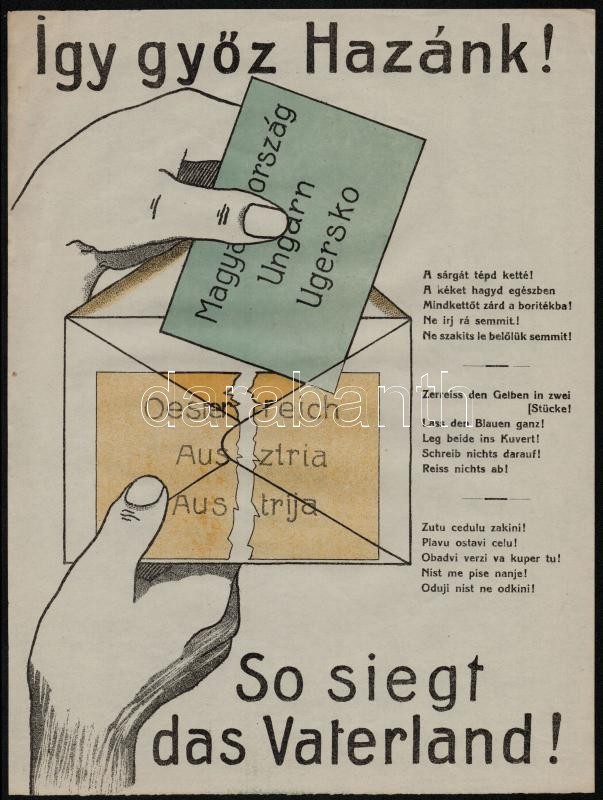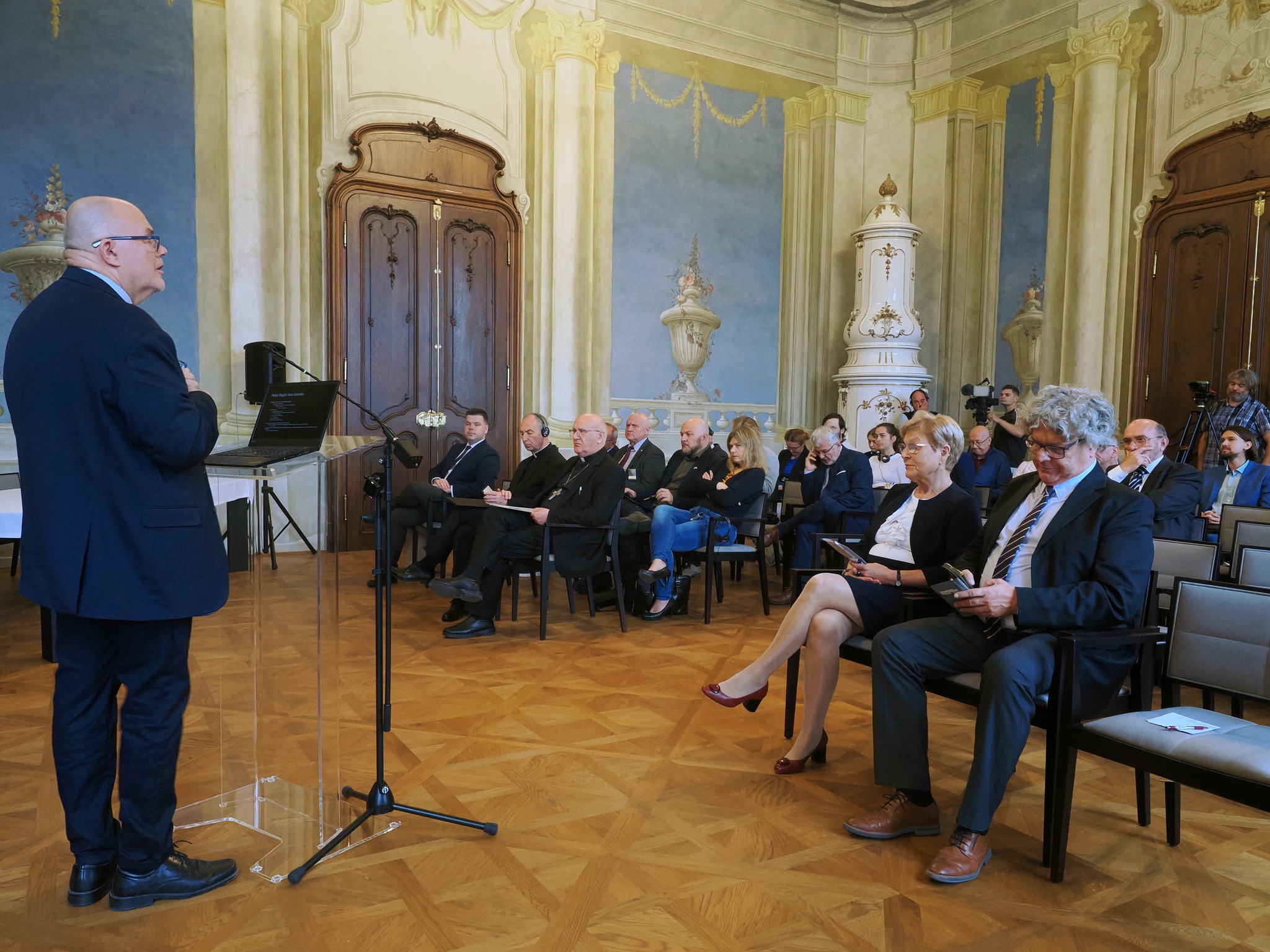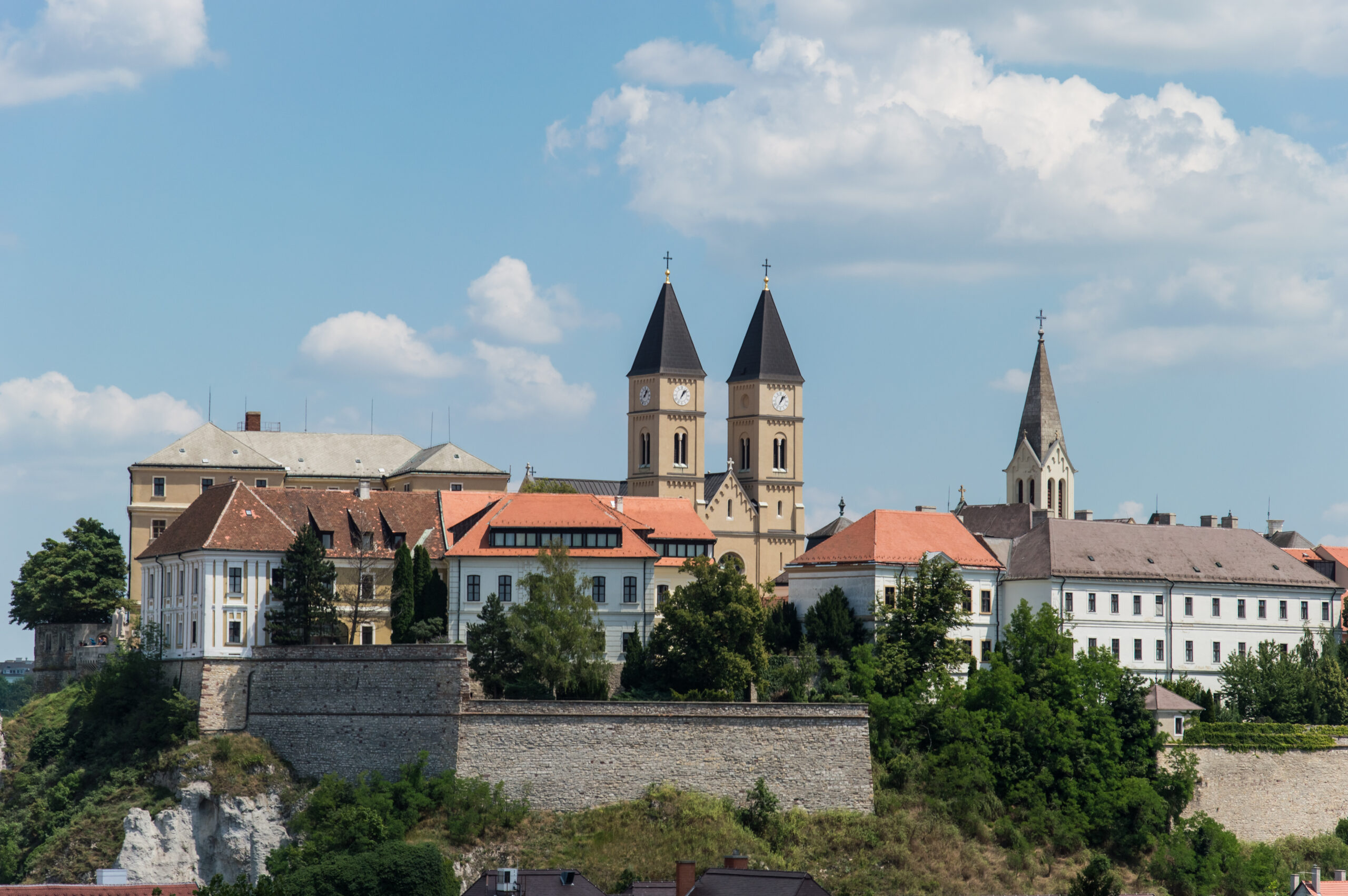Civitas fidelissima – Peaceful attempts at revision – Sopron
Fact of the Hungarian figure „No. No. Never.” – Treaty of Trianon”
Part of the „The myth of national disaster” topic
Civitas fidelissima
Sopron, known as the Civitas Fidelissima or „The Most Loyal City,” holds a unique place in the history of Hungary’s peaceful attempts at revision following the Treaty of Trianon. Unlike many areas that were lost to neighboring countries, Sopron and its surrounding region became a rare success story for Hungary’s revisionist efforts, achieved not through conflict but through a democratic process.
In the wake of Trianon, Sopron, a city with a mixed Hungarian and German-speaking population, found itself on the border with Austria, which claimed the city as part of the Burgenland region. However, the citizens of Sopron resisted this change, expressing their strong desire to remain part of Hungary. This sentiment was recognized internationally, and in December 1921, a plebiscite was held under the supervision of the League of Nations, making Sopron one of the few locations where such a vote occurred.
In the referendum, the majority of Sopron’s residents chose to remain within Hungary, earning the city its proud title of Civitas Fidelissima. This peaceful resolution marked a significant achievement for Hungary, as it contrasted sharply with the more common violent methods of territorial revision seen elsewhere in Europe during this period. The success of the Sopron plebiscite offered a glimmer of hope for Hungary’s broader revisionist ambitions, demonstrating that diplomatic and peaceful methods could achieve some success in challenging the post-Trianon borders.
The story of Sopron reflects the challenges and possibilities of peaceful revision in the aftermath of Trianon. While the overall impact of the treaty on Hungary was overwhelmingly negative, Sopron’s successful resistance against annexation by Austria served as a powerful symbol of national resilience and the potential for diplomatic solutions within Central Europe’s fraught political landscape.
In contemporary times, Sopron’s legacy as Civitas Fidelissima continues to resonate in Hungarian national memory, serving as a reminder of the value of peaceful resistance and the importance of self-determination in the face of external pressures. The city’s experience offers lessons about the potential for diplomatic approaches to resolve territorial disputes, even in a region as historically complex as Central Europe.





